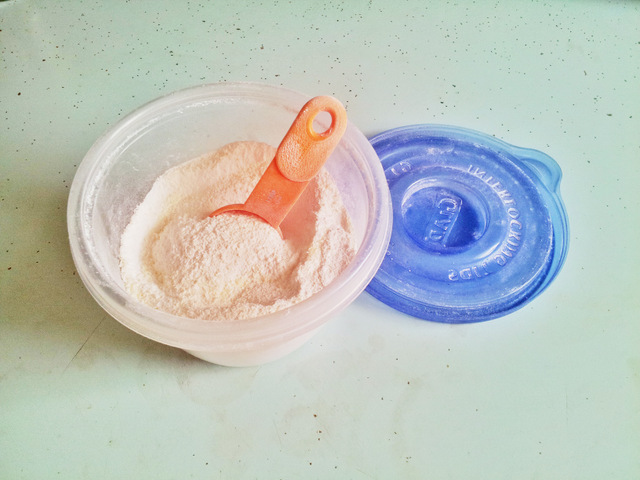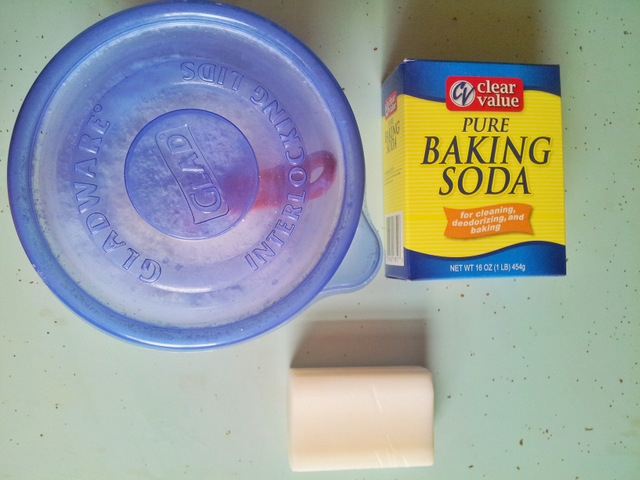Husby and I have this dream where someday we have an orchard full of fruit trees. In our wildest orchard dreams we also have a greenhouse orchard with tropical fruit trees as well.
I mean really, delicious fruit and natural carbon sequestration? What could be better?
Because we try to live life in the now, (and because we’re a little bit crazy) we’ve already sprouted a number of our hopeful future orchard trees, which means we’re going to be moving with a car full of potted plants.
We’re currently working on sprouting pawpaw, mango, and avocado trees.
What’s that? You’ve never heard of a pawpaw? Well let me tell you about this delicious fruit. Pawpaws are native to the eastern United States. They thrive in USDA zone 6, although we’re hoping to grow some cold hearty pawpaws in zone 5. The fruit is about the size of a small mango, with a similar thick green skin. The fruit is described as an “American banana”. Inside the skin is a white fruit with a soft, custard-like consistency, with a number of dark brown seeds about the size of a grape inside. The flavor is similar to a ripe mango. Actually, the best comparison fruit is a cherimoya or custard apple, which you may have seen among the tropical fruits in your grocery store.
So why have you never heard of a pawpaw? Unfortunately, the fruits are delicate and don’t travel well, so by the time they would get to the grocery store many of them would have bruised or broken. They also have a short season (late September to early October depending on how far south they are growing).
Husby has been on the hunt for a pawpaw tree and the fruit for the past 4 years. We finally tracked down some trees last fall at one of the local state parks, and managed to find one small unripe fruit. Then, much to our surprise, the Detroit Whole Foods got a small shipment. We snatched up a couple of them, enjoyed the delicious fruit, and saved the seeds.
Our favorite food scrap growing resource, Don’t Throw It, Grow It!, recommended using Long Fibered Sphagnum Moss to start sprouting avocado seeds, and we’ve found it to be useful for a number of different fruits. In the case of the pawpaws, the seeds needed to rest for the winter before they would sprout, so we mixed them into a gallon sized zip-lock bag of damp sphagnum moss, and tossed the bag in the back of the refrigerator (to simulate winter inside our apartment). For avocados and mangoes, which like a more tropical climate, we buried the seeds in damp moss and placed the bag in a sunny, warm window.
In mid March, about the time that a pawpaw seed would naturally start to sprout, we planted our seeds in these root trainers, which are basically deep seedling starters, using Coconut Coir Brick for soil. The pawpaw seeds developed roots first and now, two months later, are starting to push up sprouts.
The mango seeds and the avocado seeds we just saved from fruits that we ate. We placed them in the bags of sphagnum moss about 4 weeks ago, and every week or so have been checking on their progress. Earlier this week we saw two of our mangoes had sprouted leaves already, so we took them out of the moss and planed them in pots.
We put plastic bags over the pots to try to keep the environment humid for them, like they would experience in their natural habitat.
The avocado seeds have started sprouting roots in their sphagnum moss bag, but we’re supposed to wait until the roots are about 4 inches long before planting them in a pot, so they are continuing to sit on a warm window sill.
If you’re interested in other good edible gardening books, my favorites are Grow Great Grub: Organic Food from Small Spaces, and The Vegetable Gardener’s Bible, 2nd edition. I come back to these books year after year for instructions, tips, and tricks on organic edible gardening. Much like a well loved cookbook, my copy of The Vegetable Gardener’s Bible is soil stained and water marked from it’s time by my side in the garden.
Next we’re excited to try lemons and other citrus fruits!
…
This post contains affiliate links.
Oh, hey, Building Earth has a facebook page now. Keep up to date on posts and other interesting green news by liking us!




